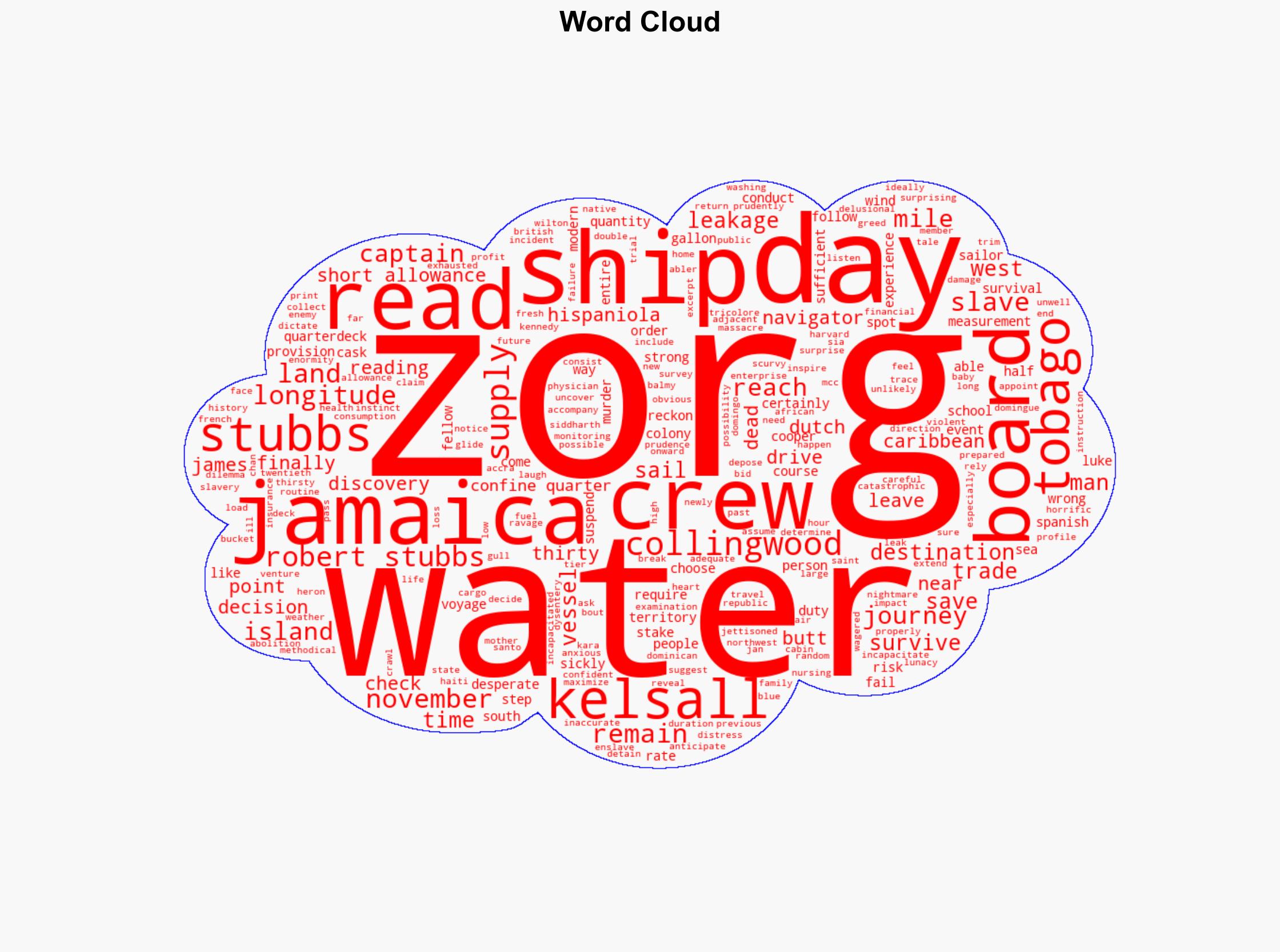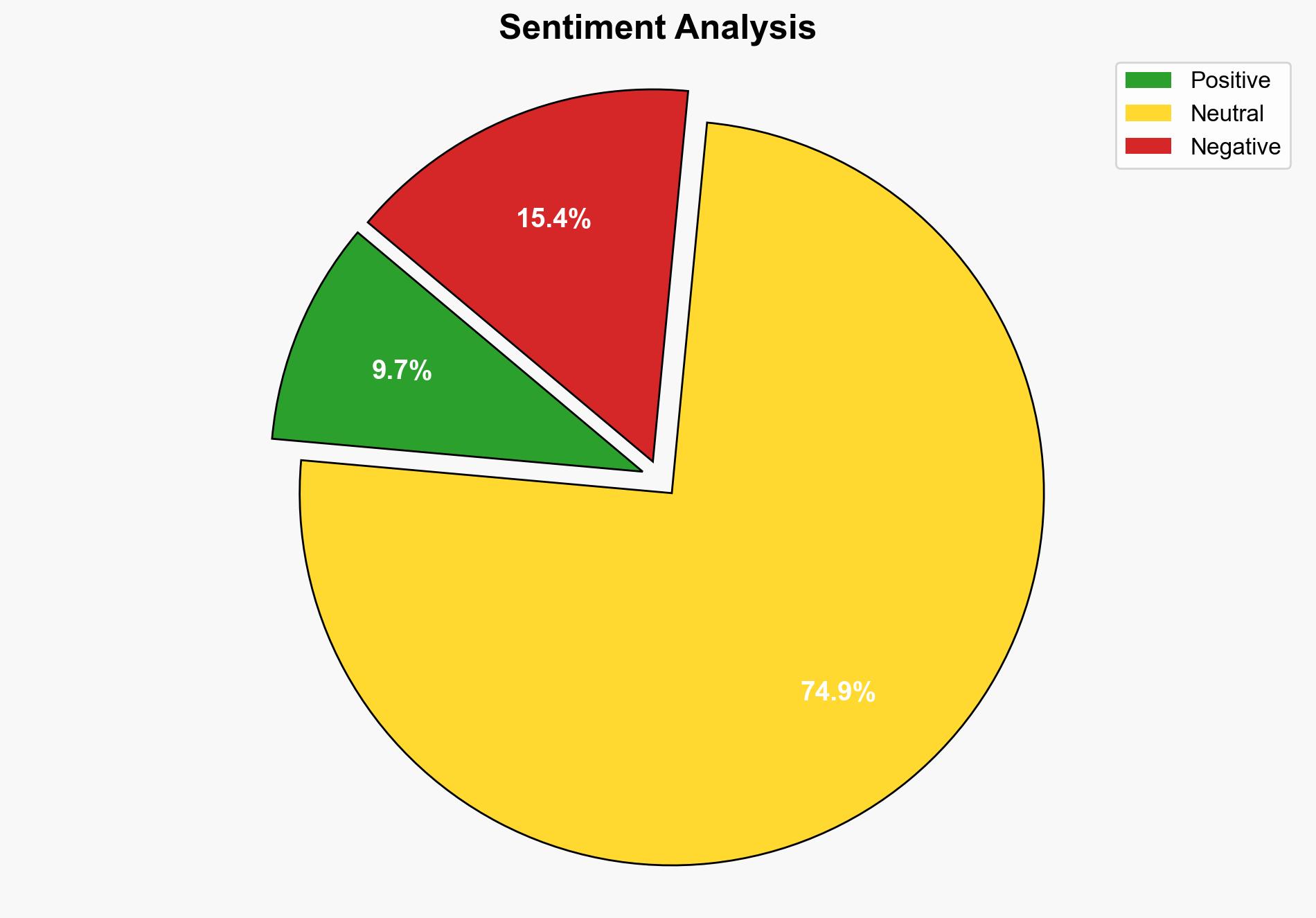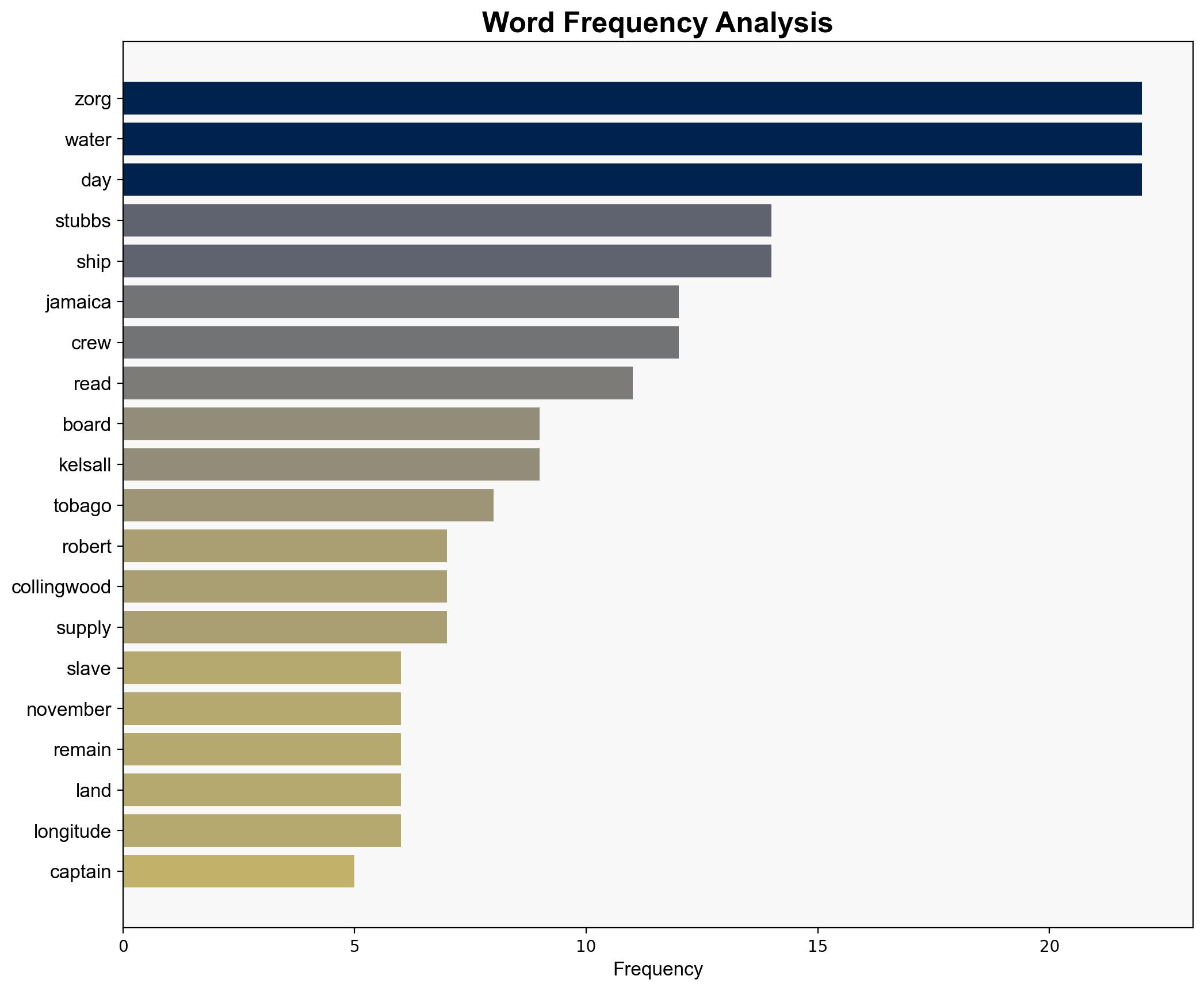Horrific massacre that fueled drive to end slave trade – Harvard School of Engineering and Applied Sciences
Published on: 2025-10-31
Intelligence Report: Horrific massacre that fueled drive to end slave trade – Harvard School of Engineering and Applied Sciences
1. BLUF (Bottom Line Up Front)
The most supported hypothesis is that the mismanagement and subsequent tragedy aboard the Zorg were primarily due to human error and negligence, exacerbated by environmental challenges. Confidence Level: Moderate. Recommended action is to further investigate the systemic issues in maritime operations of the era to understand the broader implications on the abolition movement.
2. Competing Hypotheses
1. The tragedy aboard the Zorg was primarily due to human error and negligence, with Captain Robert Stubbs and his crew failing to adequately manage resources and navigate effectively. This hypothesis is supported by the evidence of miscalculated water supplies and the incapacitation of key crew members.
2. The incident was a calculated act of desperation driven by economic pressures, where the crew prioritized financial survival over human lives, potentially leading to intentional neglect. This is suggested by the emphasis on reaching Jamaica in time for economic gain despite the dire conditions.
Using ACH 2.0, the first hypothesis is better supported due to the detailed account of logistical failures and environmental challenges, whereas the second hypothesis lacks direct evidence of intentional malfeasance.
3. Key Assumptions and Red Flags
– Assumptions include the reliability of historical accounts and the accuracy of reported events.
– Cognitive bias may arise from hindsight, attributing blame based on outcomes rather than intentions.
– Red flags include the lack of direct evidence for intentional neglect and the potential for bias in historical narratives.
4. Implications and Strategic Risks
The incident highlights the risks of inadequate resource management and the potential for human error in high-stakes environments. It underscores the need for robust systems to prevent similar tragedies. The broader implication is the role such events played in galvanizing the abolition movement, which could have geopolitical and economic ramifications.
5. Recommendations and Outlook
- Conduct a thorough review of historical maritime operations to identify systemic failures.
- Explore the socio-economic factors influencing maritime decisions during the era.
- Scenario-based projections:
- Best: Increased understanding leads to improved historical narratives and policy insights.
- Worst: Misinterpretation of events fuels historical inaccuracies and biases.
- Most Likely: Continued research provides balanced insights into the era’s maritime challenges.
6. Key Individuals and Entities
– Robert Stubbs
– Luke Collingwood
– James Kelsall
– Jan Wilton
7. Thematic Tags
historical analysis, maritime operations, abolition movement, resource management





